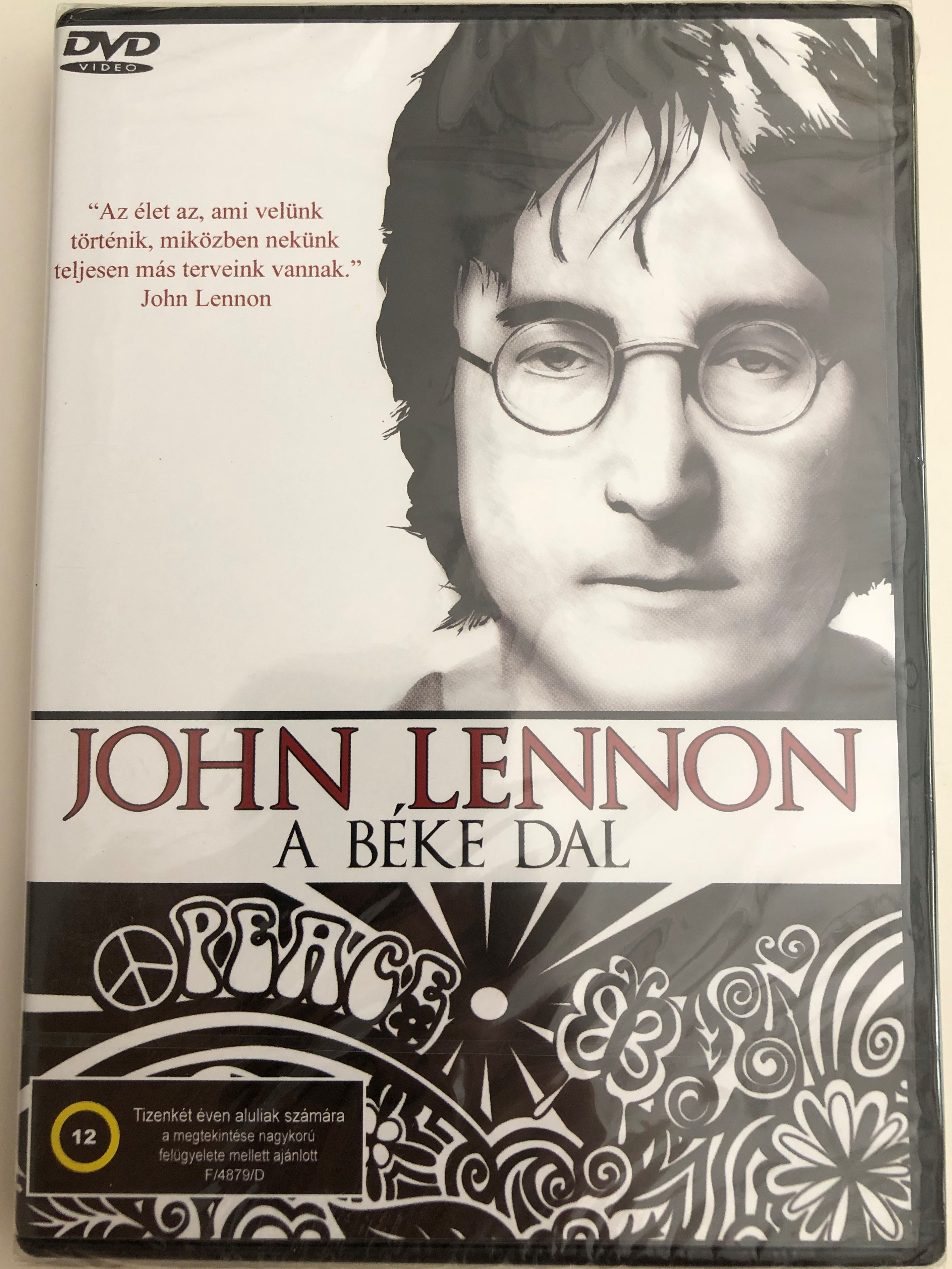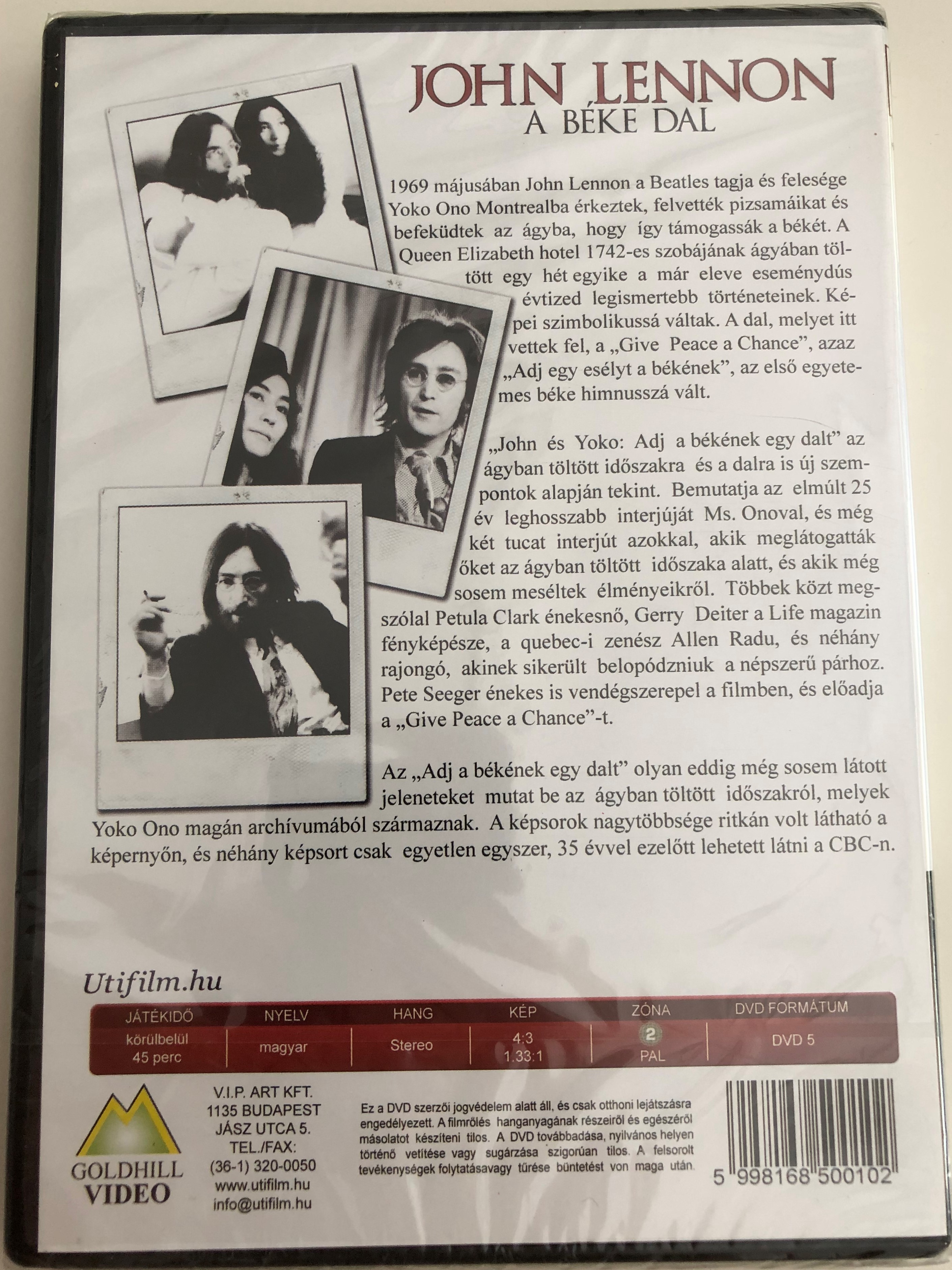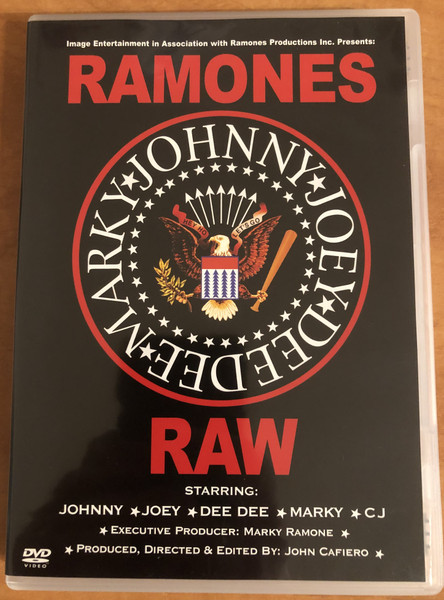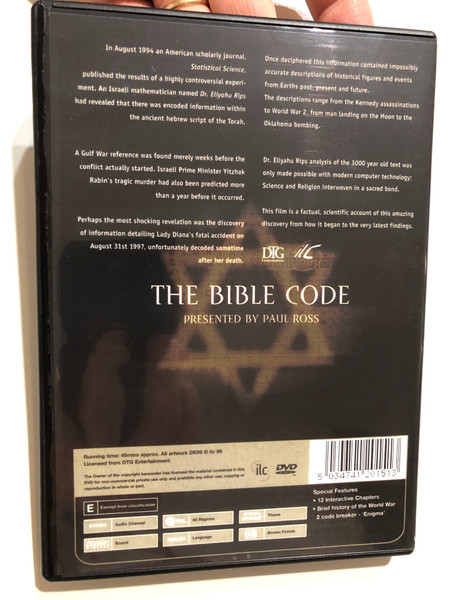Description
John Lennon - Give Peace a Chance DVD / A béke dal / Documentary Goldhill Video
REGION 2 PAL DVD
MADE IN HUNGARY
UPC 5998168500102
AUDIO: Magyar 2.0, HUNGARIAN ONLY !!!
SUBTITLES: -
Total Runtime: 45 minutes
Hungarian Summary:
„Az élet az, ami velünk történik, miközben nekünk más terveink vannak.”
1969. májusában John Lennon a Beatles tagja és felesége Yoko Ono Montrealba érkeztek, felvették a pizsamáikat és befeküdtek az ágyba, hogy így támogassák a békét. A Queen Elizabeth hotel 1742-es szobájának ágyában töltött egy hét egyike a már eleve eseménydús évtized legismertebb történeteinek.
A dal, amelyet itt vettek fel, a „Give Peace a chance”, azaz „Adj egy esélyt a békének”, az első egyetemes béke himnusszá vált.
Az „Adj a békének egy dalt” olyan eddig még sosem látott jeleneteket mutat be az ágyban töltött időszakról, melyek Yoko Ono magán archívumából származnak. A képsorok többsége ritkán volt látható a képernyőn, és néhány képsort csak egyszer, 35 évvel ezelőtt lehetett látni a CBC-n.
English Summary:
"Give Peace a Chance" is an anti-war song written by John Lennon (credited to Lennon–McCartney), and performed with Yoko Ono in Montreal, Quebec, Canada. Released as a single in July 1969 by the Plastic Ono Band on Apple Records (catalogue Apple 13 in the United Kingdom, Apple 1809 in the United States), it is the first solo single issued by Lennon, released when he was still a member of the Beatles, and became an anthem of the American anti-war movement during the 1970s. It peaked at number 14 on the Billboard Hot 100 and number 2 on the British singles chart.
The song was written during Lennon and Ono's "Bed-In" honeymoon in Montreal, Quebec, Canada. When asked by a reporter what he was trying to achieve by staying in bed, Lennon answered spontaneously "Just give peace a chance". He went on to say this several times during the Bed-In. Finally, on 1 June 1969, in Room 1742 at the Queen Elizabeth Hotel in Montreal, André Perry recorded it using a simple setup of four microphones and a four-track tape recorder rented from a local recording studio. The recording session was attended by dozens of journalists and various celebrities, including Timothy Leary, Rabbi Abraham Feinberg, Joseph Schwartz, Rosemary Woodruff Leary, Petula Clark, Dick Gregory, Allen Ginsberg, Roger Scott, Murray the K and Derek Taylor, many of whom are mentioned in the lyrics. Lennon played acoustic guitar and was joined by Tommy Smothers of the Smothers Brothers, also on acoustic guitar.
When released in 1969, the song was credited to Lennon–McCartney. On some later releases, only Lennon is credited; viz. the 1990s reissue of the album Live in New York City, the 2006 documentary The U.S. vs. John Lennon, and the 1997 compilation album Lennon Legend: The Very Best of John Lennon and its DVD version six years later. Lennon later stated his regrets about being "guilty enough to give McCartney credit as co-writer on my first independent single instead of giving it to Yoko, who had actually written it with me." According to author Ian MacDonald, the credit was Lennon's way of thanking McCartney for helping him record "The Ballad of John and Yoko" at short notice
















